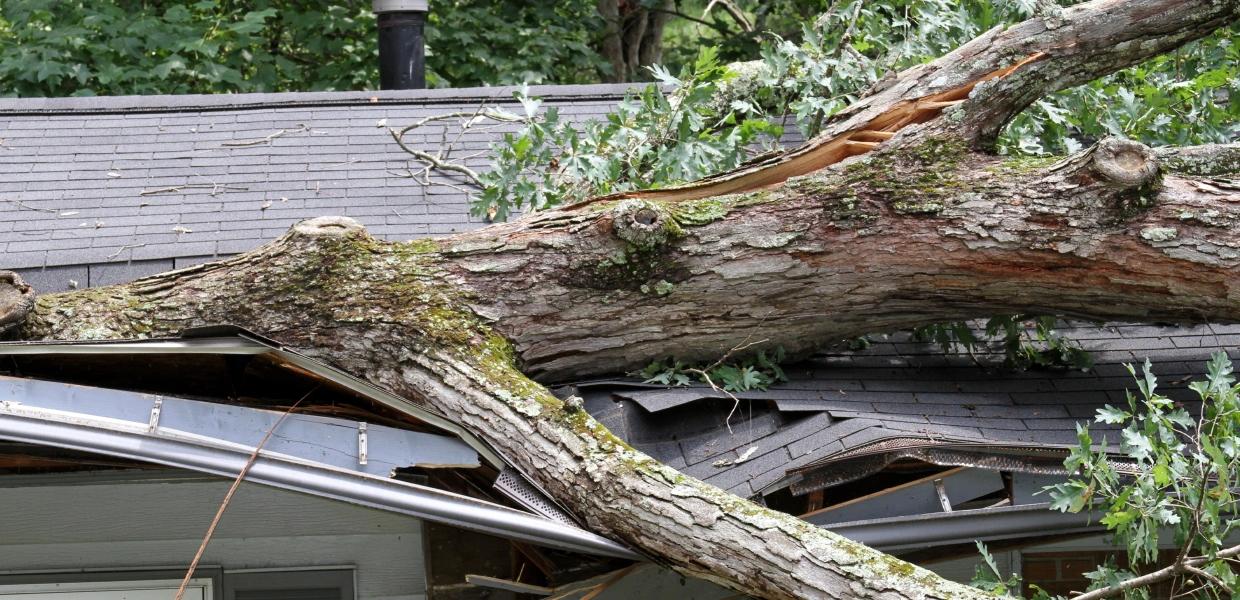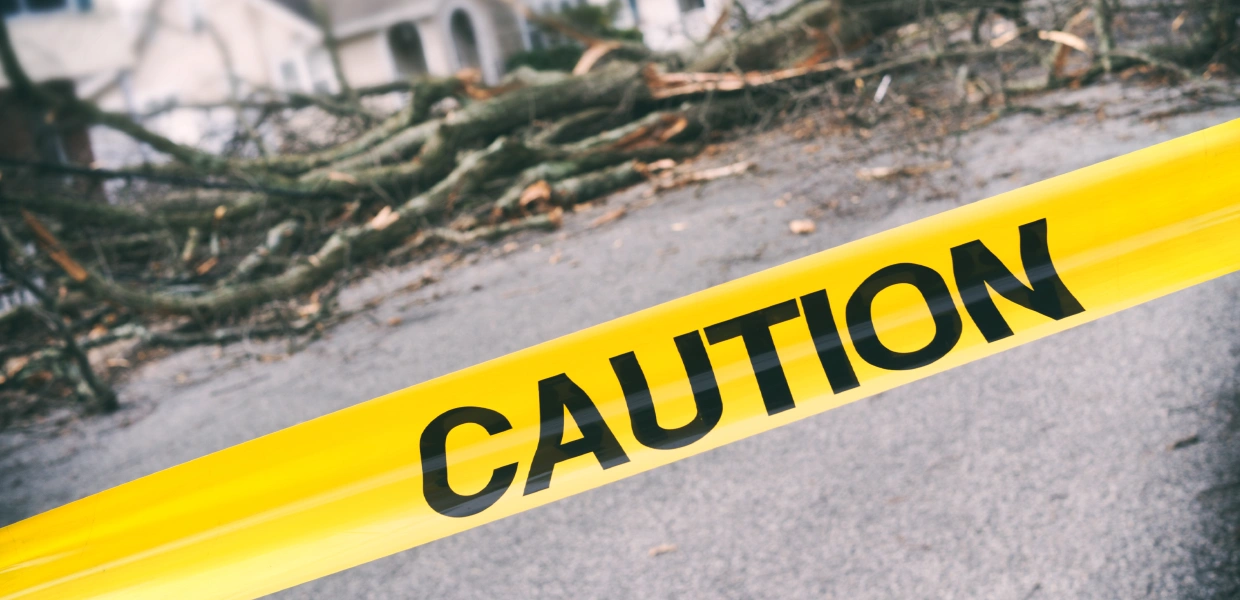Disaster Preparedness: Before and After a Major Loss
You’ve all seen and heard of the tragedies brought on by hurricanes in the Southeast or other natural disasters. Surely the wind and rains from the storms are devastating but the slow, ongoing and ever-rising floods throughout parts of the Carolinas and Florida forever change hundreds of thousands of lives.
Seemingly lost in the news coverage are these megastorms’ impact on businesses in the Southeast. Without question, the hurricane winds, rains and flooding wreaked havoc on businesses and in some cases, wiped them out entirely. The sad reality is that only those businesses who are ready survive.
We don’t have hurricanes in Ohio; nor do we have significant earthquakes, substantial wildfires, volcanoes or many other types of natural disasters. But we are not immune to catastrophe. Ohio has tornadoes, blizzards, severe thunderstorms, and while we may not see the type of flooding experienced in the Carolinas or what Hurricane Harvey brought to east Texas years ago (remember that photo of Interstate 10 in Houston that looked like an ocean??), flooding is a real risk, particularly around local waterways.
So as a business owner, you must account for these types of risks in protecting your livelihood.

First and foremost is reviewing and confirming your business has sufficient insurance coverage. One should not only make sure the business has the appropriate coverage (e.g., commercial property, marine property, event cancellation, builder’s risk), but the coverage limits need to be adequate. This means that the amount of coverage must be enough to cover the size of the loss that you might expect from a catastrophic event (not just a typical loss), and also that the common coverage exclusions and endorsements are addressed.
For example, most commercial property policies have exclusions against losses caused by flooding, earthquakes and land subsidence or movement. As a business owner, you must carefully consider the amount of coverage available, the coverage exclusions, and what additional coverage may be needed. So schedule a meeting with your business insurance agent, and if you don’t have one, find a good one right away.
I know quite a few…

In addition to confirming appropriate and adequate insurance coverage for your real and personal property, you need protection for your business’s performance obligations. Downed power lines and mass flooding not only can destroy your building and your inventory, they can also completely prevent your company from satisfying orders, making deliveries or furnishes scheduled services. Generally, an “act of God” or a natural disaster does not relieve a party from performing its obligations unless permitted by contract.
In other words, if you are unable to perform on an order or project due to a natural disaster, you are not automatically shielded from suffering the consequences of your non-performance. So you need to ensure your contracts contain a “forced majeure” clause that relieves your company of its obligations in the event of a natural disaster (and this may include your inability to perform because a vendor or supplier has been impacted by catastrophe). Needless to say, if you don’t have a reliable contract form for your business, you need one – right now.
What if disaster has already struck – you weren’t able to read this article until after the tornado peeled the roof off your warehouse and the ensuing storms dumped six inches of rain on your equipment? The following is a list of key steps that businesses can take to ensure that they take full advantage of the insurance they do have to protect against catastrophic loss:
- Pull all potentially applicable insurance policies, assess the potential for coverage, and evaluate the policies for exclusions.
- As part of that, consider coverage for contingent business interruption losses (including lost income caused by damage to the operations of suppliers or customers)
- Give prompt notice of the loss to all insurance carriers.
- Observe the damage and document it: notes, photos, video, etc.
- Take steps to mitigate damages and protect property from further loss, as possible (and safe).
- Put together a team for the claim; company officers or employees, competent counsel and perhaps consultants, like independent adjusters or forensic accountants.
- Carefully control and maintain records of written communications with insurers and their agents.
- Manage internal and external communications about your claim to avoid disclosure of sensitive information to insurers or others.
- Track and maintain cost records regarding property damage and business interruption, as well as costs spent to avoid or reduce the loss.
- Demand partial payments for undisputed losses to mitigate impact to you and the company.
- Know and follow all policy requirements, including submitting proofs of claim and for filing suit if necessary.
This article provides an overview and summary of the matters described therein. It is not intended to be and should not be construed as legal advice on the particular subject.








